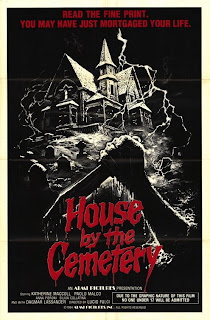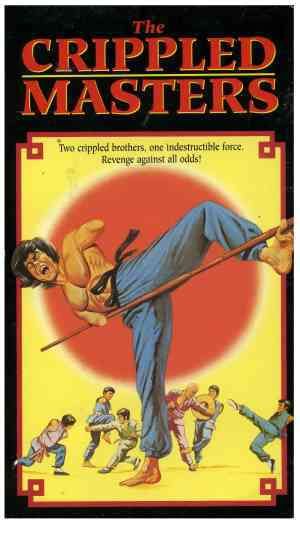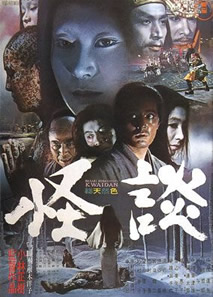 Click here for a detailed plot synopsis, but beware of spoilers.
Click here for a detailed plot synopsis, but beware of spoilers.I'm usually pretty forgiving about the gaps in logic that seem to be inherent in a lot of Italian horror movies. Most of the time there's a trade off where plot cohesion is sacrificed in order to create a nightmarish atmosphere. In movies where this is done well, I can forgive the resulting plot holes. House by the Cemetery isn't one of those movies, unfortunately.
Lucio Fulci's work has always been an acquired taste, but I've usually been able to look beyond its fault. Even so, I find it difficult to give this movie a pass. Lack of narrative logic was a trademark of Fulci's, but here it's gotten to a point where it's just too nonsensical. A person can only suspend their sense of disbelief for so long before it gets to be a joke, and this movie is an example of such an instance. Adding insult to injury is the film's horrible dub. The dubbing jobs for these things were never that great to begin with, but this one is just so grating that it's hard to watch at times. This may not be Fulci's worst effort, but he certainly did far better over the course of his career.
The version I own on DVD is one of those crappy public domain things I found in the bargain section of my local Sam Goody, and it's honestly kind of a piece of crap. If you absolutely have to own the movie on DVD, I'd recommend getting Anchor Bay's version. I haven't ever had the chance to take a look at it myself but it can't possibly be any worse than the version I own.




















